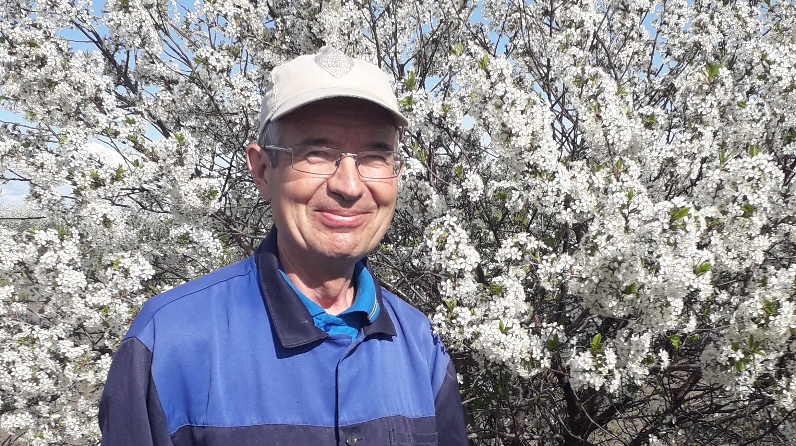Scientists recommend: Protecting the apple tree from diseases and pests

Almost in every personal subsidiary farm and garden plot apple trees are in blossom now. In order for them to please us with a rich harvest in autumn, care must be taken now. Scientists of the TatNIIKH FIC of the KazSC of the RAS together with the Ministry of Agriculture of the Republic of Tatarstan prepared tips for the protection of apple trees from diseases and pests.
So, let's start with the basics. The dominant pest of the apple tree is the codling moth, which develops usually in one generation. In the organic garden, the main drugs for protection against the apple codling moth and other pests are lepidocide (a broad-spectrum bacterial preparation against many caterpillars) and Fermovirin-YP, the drug for viral granulosis of the apple moth. To protect against the apple codling moth, methods of disorientation and male vacuum are also used (trapping males to pheromone traps). The optimal number of treatments against the apple codling moth in the organic garden is considered to be four to five times due to the short duration of the biological products.
After removing the pesticide press, the goose (Rhynchites bacchus), the bugar (Coenorrhinus pauxillus), leaf beetles (Chrysomelidae) and especially the garden looper (Luperusxanthopoda) come to the fore in the organic garden. They are there from mid-May to mid-July. To limit their harmfulness, the biological preparation Batsikol (1-2 treatments in May-June) is used in conjunction with biological products to protect against the apple codling moth.
The use of glutinous rings on the trunk of an apple tree to regulate the number of green apple aphids (Aphispomi), by preventing ants from getting into the crown, leads to an increase in the number of aphidophages. Trees with glue rings serve as a kind of natural "insectarium" for entomophages.
For relatively small gardens, the use of hunting belts on tree stands is effective. A less time-consuming and more effective way is the use of separating belts that do not require changing belts in each generation and allow parasites of the codling moth to fly out.
The larvae of the apple flower eater eat out the inside of the buds, which dry out in the form of a brown cap. Hunting belts are effective for protection against a color beetle. In spring, apple trees are sprayed with biological preparations with Lepidocide or Batsikol.
Scab is the most dangerous apple disease. The fungus infects leaves, fruits and branches. The easiest way to deal with scab - collecting, composting or destroying the affected leaves, digging trunks circles. To protect against scab, biological preparations are used: Alirin-B, Gamair, Haupsin, Mikosan-V, Trikhofit, Fitolavin, Fitosporin-M, Fitotonus or Fitotriks.
Fruit rot affects the fruit. The pulp of the fetus becomes loose, grayish-brown, inedible. To protect against fruit rot, the affected fruits are collected and destroyed in the fall. In spring, spraying is carried out using the following biological preparations: Alirin-B, Gamair, Haupsin, Mikosan-V, Planriz, Trichodermin, Trichovitis, Fitolavin, Fitotonus or Fitotriks.
The cultivation of varieties that are highly resistant to the effects of biotic stressors leads to poor nutrition, slowing down reproduction and reducing the survival of pests.
To prevent the spread of pests and diseases, it is necessary to collect and destroy damaged, dried and mummified fruits in time. Birdhouses should also be made in the garden to attract birds that feed on harmful insects.
Recall that in the State Register of Breeding Achievements of the Russian Federation in 2020, 21 varieties of fruit crops of TatNIISH selection are included, including 4 apple varieties, 8 cherries, 8 plums and 1 raspberry variety.